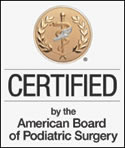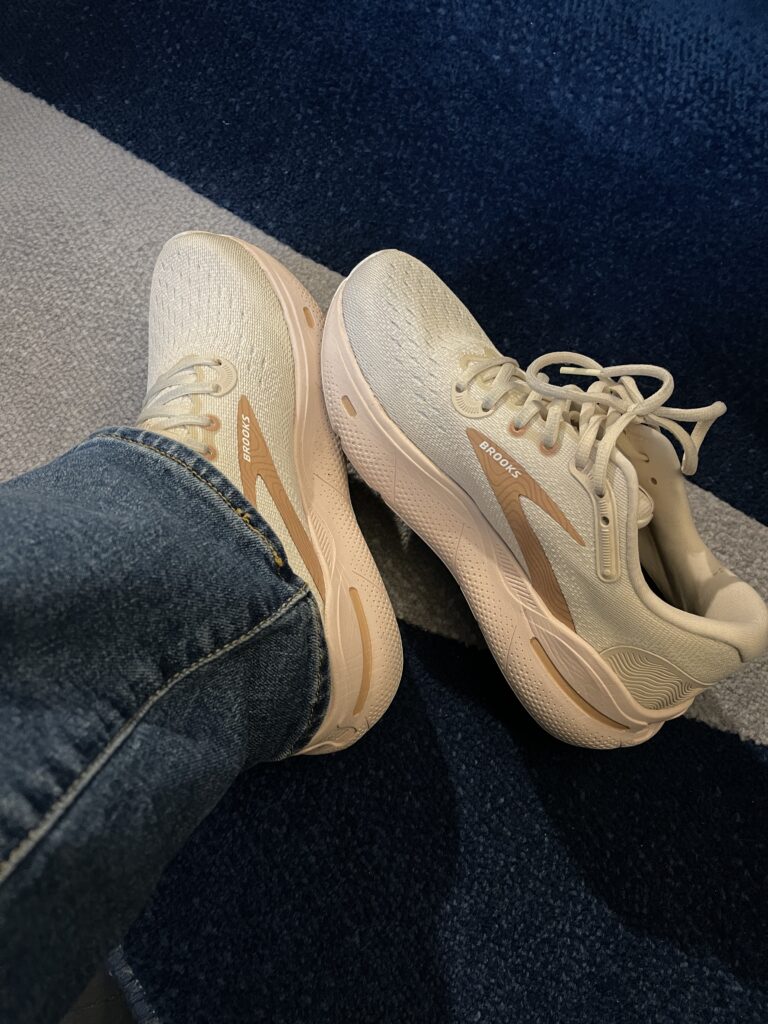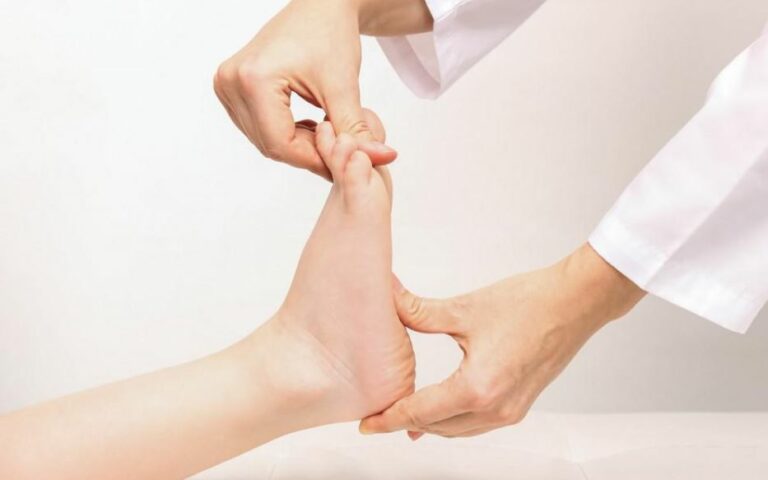
The feet are an area where skin hydration can suffer. It turns out dehydrated skin and dry skin aren’t the same thing, although at first glance they may appear to be. Dehydrated skin might not necessarily be flaky or rough, but rather, could be showing a loss of resiliency. Whereas dry skin is flaky, dull and rough. But you can have both dry skin and dehydrated skin. Dry skin lacks oils that can lead to loss of water through the skin barrier and cause dehydrated skin.
Nix soaking your feet.
On the surface, it may seem like soaking in epsom salt and warm water bath would help quash dehydrated skin (after all, you’re soaking your skin with water), but the opposite is true. Warm water soaks encourage water to flow out of your skin and evaporate and the addition of epsom salt actually dehydrates the skin. Remember salt is a drying agent.
Invest in a humidifier
Running a humidifier in your bedroom, or any other rooms you spend a lot of time in, increases the humidity in the air, so less moisture will be lost from your skin. Our skin suffers both in the winter with dry air caused by heat on full-blast. and in the summers with exposed skin. says Dr. King.
Steer clear of lotions on the feet
The formulation of a lotion is more water content than in a cream. Creams are generally thicker in consistency than lotions and make an ideal choice for people with dry skin on their feet especially heels and bottom of the feet. The skin in these areas has a thicker epidermal lay that needs the protection of a cream. Creams create a stronger barrier to help seal in the moisture.
Avoid over-scrubbing your feet
When you over-scrub such as when getting monthly pedicures or using a rough device to scrape off the dead skin, you can strip its natural microbiome and moisturizing barrier. It is necessary to moisturize the skin and if still dry then scrub your feet. For rough areas on the soles of the feet, use a foot file or pumice stone after bathing or soaking your feet. This routine is very effective at keeping callouses from building up on the soles. For dry skin on the tops of the feet and the legs, try a loofah sponge or exfoliating skin product.
Seek out hydrating skincare ingredients.
It’s important to use the correct product with an effective active ingredient when dealing with dry skin. There are three types of hydrating ingredients that should be incorporated into your skincare routine: humectants, emollients, and occlusives. Most products contain all three because they work together to moisturize the skin and each plays a critical role. For severe dryness of the feet and calluses, Urea, a humectant, is very effective.
Come in today to ask one of our podiatrists to recommend the proper moisturizer for you to help treat dry skin or prevent your skin from drying out.
To schedule an appointment call (301) 441-2655 or visit Renaissancefac.com









